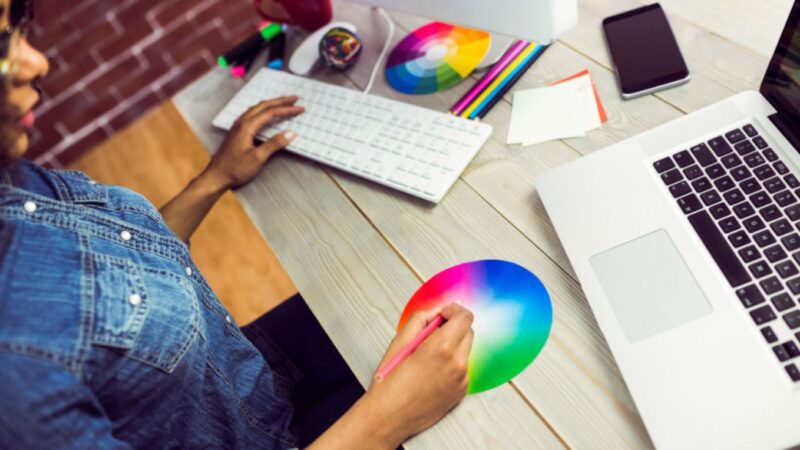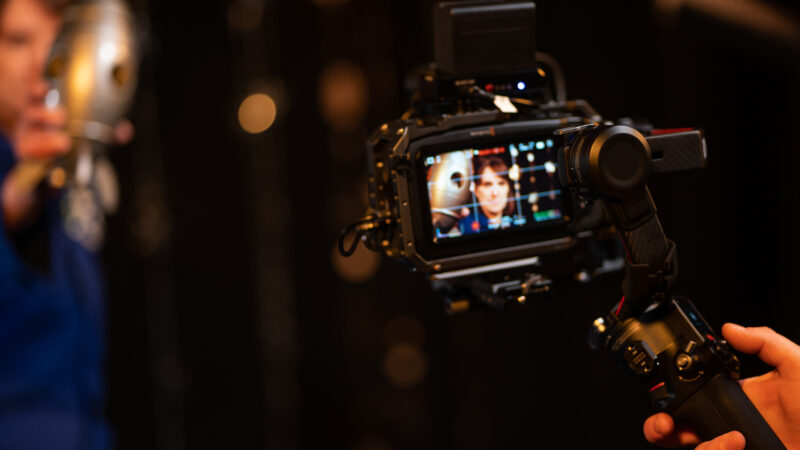As part of the DCMS Culture is Digital initiative, The Space is working with arts and cultural organisations, rights representatives, talent unions and digital rights expert Ben Green to develop a Digital Rights Code of Practice, designed to help the arts sector navigate the evolving digital distribution environment. Here, CEO and Creative Director of The Space, Fiona Morris, talks to William Gallagher about why the code is necessary and how the framework can help cultural organisations when contracting contributors, creators and rights-holders.
It’s when you really know both sides of an issue that you can make a difference that will change your industry for the better.
Fiona Morris is Chief Executive and Creative Director of The Space, which means she works on projects that use the very latest digital technology to bring art to new audiences. As an experienced arts commissioner and producer herself, she sees how these opportunities bring with them a whole range of new obstacles that block arts organisations from being able to exploit these ideas and many of these involve rights.
“There are projects that simply haven’t happened, that have got so far along the road and have fallen over because of rights issues,” she says. “Making the piece of digital content is often not the problem for arts organisations. The problem is that they rarely own the underlying rights to it in its entirety.”
Rights and contracts are still necessary
The rights and contracts that have always been needed to make sure artists and organisations are not unfairly exploited are still exactly as necessary, but they’re not built for the digital world. The systems that built up over years to protect specific groups become a barrier when those groups need to work together.
“This is a personal mission for me,” says Morris. “As a music and arts producer of many years, this has been an ongoing frustration; having worked with musicians, dancers, orchestras, ballet companies and broadcasters, trying to get everyone to realise that they are actually all on the same side in wanting to extend the audience and understanding of these art forms. Difficulties arise because traditional practices around rights have not evolved and adapted as the possibilities for self-publishing have grown with the advent of platforms like YouTube, Facebook, Vimeo, Instagram etc.”
Morris feels this even more now that we have opportunities that were unimaginable back when broadcast contracts were first being written. “Your audiences today are people five feet from your door who never walk through it, and also people on the other side of the world. There may not be many in your local town, but now you can talk to them across the globe, you have a coherent and significant audience. And the idea that this doesn’t happen because you can’t clear the rights in your production to make it available to them is incredibly frustrating.”
Technology should be empowering arts organisations
We now have technology that should be empowering arts organisations and instead it is mainly profiting the online platforms like YouTube. These platforms are unquestionably benefitting from cultural content and so it’s easy to imagine that they are happy to continue hosting it without paying anything. Morris says it’s more complicated than that, though.
“We all know that if you look at YouTube and you strip out all the noisy, crazy stuff you find a gigantic slab of cultural content; words, music, movement, images,” she explains. “But the platforms don’t identify that as a ‘genre’, maybe because as a sector we haven’t made the case to them well enough. A lot of it isn’t massively high-profile as individual pieces of content but it’s there en masse as a regular popular form of shared content and we should do more together to highlight and promote that.”
She believes it’s a question of talking to the platforms
Even if organisations do manage to ‘monetise’ this online publishing the underlying rights issues still present a huge challenge. “There’s such a large number of rights holders in many of these productions, and their involvement in any work varies tremendously,” says Morris, “from someone who has a walk-on part in a theatre show to the person who’s written it. There are rights agreements that cover some things, but they don’t cover others. And the tendency has been to treat online solely as a catch-up service to television.” The Space initially began talking with rights holders, with arts organisations and with arts representatives like the Musicians’ Union, Equity and the Writers’ Guild about making a new digital rights framework that everyone could work to as part of the DCMS Culture Is Digital programme. “Everyone was very supportive of the idea that anybody was trying to come up with something that could become a kind of standard, because we’re all facing these issues” says Morris. They were relieved because while all arts organisations have these new opportunities and obstacles, it’s the representative bodies that are facing the brunt of the problems. “They’re getting loads of phone calls a week from members asking how/why they are seeing content they are involved in published all over the internet.” For all that The Space’s aims were welcomed, it soon became apparent that there was a more basic issue that has had to be addressed first. “We thought that we would focus on establishing contractual templates, but soon realised we had to go back to first principles because it turns out that we’re not even using standard forms of definition across the sector. There’s streaming and download-to-own, for instance, and the way different people are defining these varies enormously due to the lack of common guidance or practice.” What The Space and these organisations have done, with assistance from digital rights expert Ben Green, is produce a lexicon that defines the terms and so helps artists and rights holders to know what’s being negotiated. More than being a dictionary, it means groups can appreciate why they would use a particular method of reaching an audience. It means they can better understand the opportunities and exploit them instead of being exploited themselves. “Arts organisations of all sizes are struggling with this issue, but I think who has most to gain are the small to medium-scale arts organisations who often do not have the resource to clear rights for online distribution and who are therefore missing out.” Morris is conscious that digital rights sounds like a dry, dull subject, but she knows that it’s by getting through these legal technicalities that artists and audiences are going to thrive. “The big thing for me is that we’re going to get clusters of organisations who are thinking much more globally about who they are. The contemporary dance world, for instance, can be thinking not just about UK contemporary dance fans, but about who their peers are around the world, because that’s an audience that’s completely global.” The Space has consulting with a range of UK arts and cultural organisations, rights representatives and talent unions to create a Digital Code of Practice as part of the DCMS Culture is Digital initiative. The first output of this consultation is the lexicon for digital rights.
Production of lexicon to help artists and rights holders




